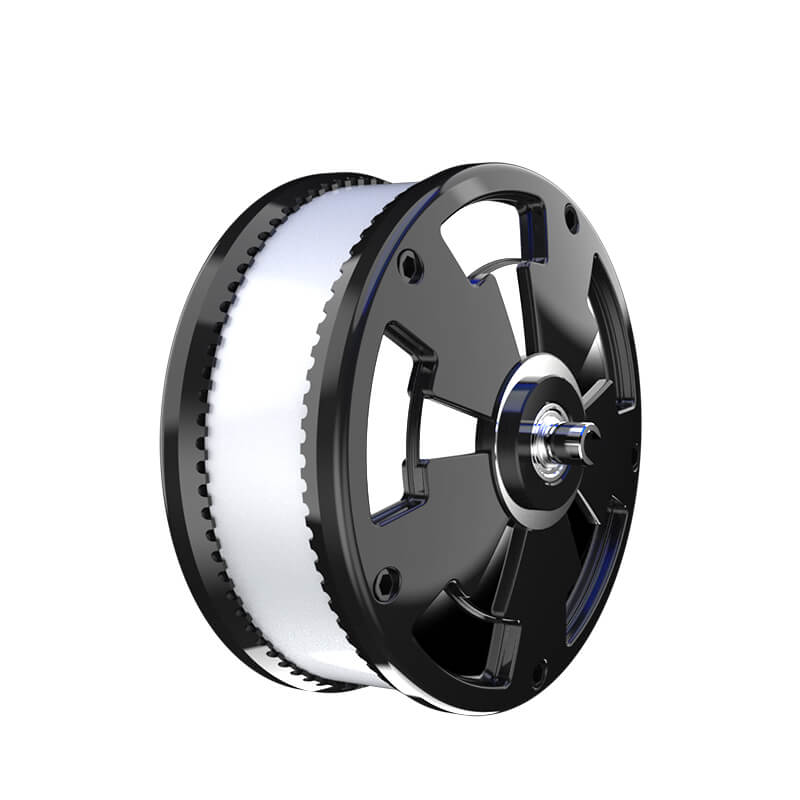Want your microservices architecture to run smoothly without the chaos? That’s where API gateways come into play—like the traffic controllers on a busy city street, but for your digital world. Think of an API gateway as the single point of entry. When someone’s trying to access different parts of your system—say, a user login, data retrieval, or payment processing—the gateway is the one that handles all those requests. It makes sure each request ends up in the right place, making everything flow seamlessly.

Imagine hundreds of tiny microservices working behind the scenes—some managing user profiles, others handling transactions, and maybe a few keeping tabs on notifications. Without an API gateway, your system might be like a jumble of wires—messy, tangled, confusing. But add a gateway? Suddenly, it’s like opening a well-organized door that simplifies how users interact with complex backend services. You don’t have to direct each request everywhere; just pass through a single, intelligent layer.
Now, how does it actually work under the hood? When a user makes a request, it hits the API gateway first. It then authenticates the request, checks permissions, and sometimes even caches responses for faster delivery—imagine a fast lane that speeds up common requests. After that, it routes the request to the appropriate microservice. It’s like a smart receptionist who knows exactly where everything is and who to forward calls to.
But wait, it gets cooler. Because API gateways aren’t just pass-through mediators—they can transform data formats, aggregate responses from multiple services into one, and even enforce security policies. For example, in an eCommerce app, the gateway can fetch product details from one service, user reviews from another, and combine them into a single response, saving the client from sending multiple requests. That’s super efficient and creates a better user experience.
You might wonder, “Does this introduce delays?” Sometimes, but not if the gateway is properly configured. The key is smart design—layering cache, load balancing, and security checks without sacrificing speed. Plus, with a good API gateway, maintaining your microservices becomes a whole lot simpler because it acts as a central hub. Imagine trying to juggle dozens of different software modules—overwhelming, right? Now picture having a good organizer that keeps everything under control.
So, when someone asks, "Why should I care about API gateways?" think about the big picture—how they reduce complexity, enhance security, and boost system performance. It’s like upgrading your city’s infrastructure—smoother traffic, fewer accidents, happier residents. That’s what makes API gateways essential in modern microservices environments.
In the end, it’s not about just adding another piece of tech. It’s about creating a lean, efficient, and resilient ecosystem where every part knows its role. Whether you're scaling fast or just looking for better control, API gateways are the backbone that can keep your digital world running effortlessly.
Established in 2005, Kpower has been dedicated to a professional compact motion unit manufacturer, headquartered in Dongguan, Guangdong Province, China. Leveraging innovations in modular drive technology, Kpower integrates high-performance motors, precision reducers, and multi-protocol control systems to provide efficient and customized smart drive system solutions. Kpower has delivered professional drive system solutions to over 500 enterprise clients globally with products covering various fields such as Smart Home Systems, Automatic Electronics, Robotics, Precision Agriculture, Drones, and Industrial Automation.




































